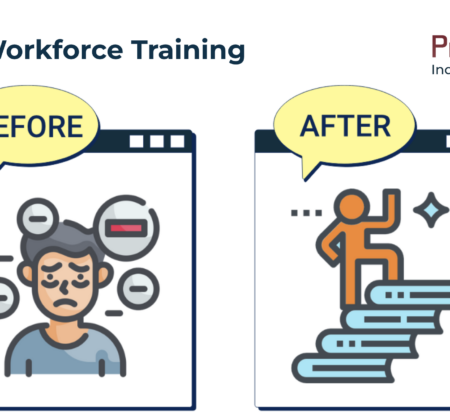Every year, about 200,000 active-duty, guard, and reserve service members transition out of the military. While exact data is scarce, a portion of these individuals pursue higher education using the GI Bill. Established on June 22, 1944, as the Servicemen’s Readjustment Act, the GI Bill provided World War II veterans with education, housing, and unemployment benefits. Its most recent revision, the Harry W. Colmery Veterans Educational Assistance Act of 2017, commonly called the “Forever GI Bill,” was signed into law on August 16, 2017, and took effect on August 1, 2018.
Transition Challenges for Student Veterans
The core issue with military transition stems from the stark differences between military and private sector environments—a reality the Transition Assistance Program (TAP) often fails to address. Transitioning service members are told they possess highly desirable skills, adaptability, and training, setting unrealistic expectations about civilian employment. This misalignment leaves many unprepared for the private sector’s demands.

Seeking to ease this challenging transition, some service members turn to higher education as a way to “figure out” their next steps. This phenomenon, known as “extended transition,” has gained recognition but creates challenges for first-year student veterans. Entering higher education without a clear career plan leads to lost opportunities and increased struggles.
For instance, a 2015 VA study revealed that student veterans take 1.8–2.0 years longer on average to earn a degree. Furthermore, nearly half (48%) of student veterans do not graduate, often due to a difficult and poorly structured first year in college.
A Practical Solution—Student-Veteran Training
The solution lies in targeted student-veteran training. This involves equipping veterans with a solid understanding of the private sector and decision-making frameworks to align their education with long-term career goals. Proper training can help student veterans maximize their higher education experience and position themselves for success in the civilian workforce.




